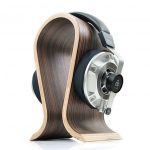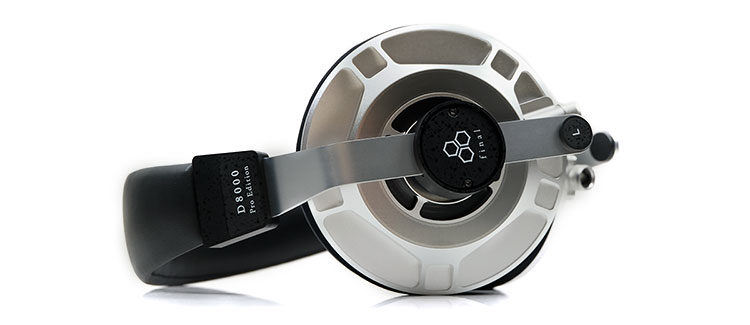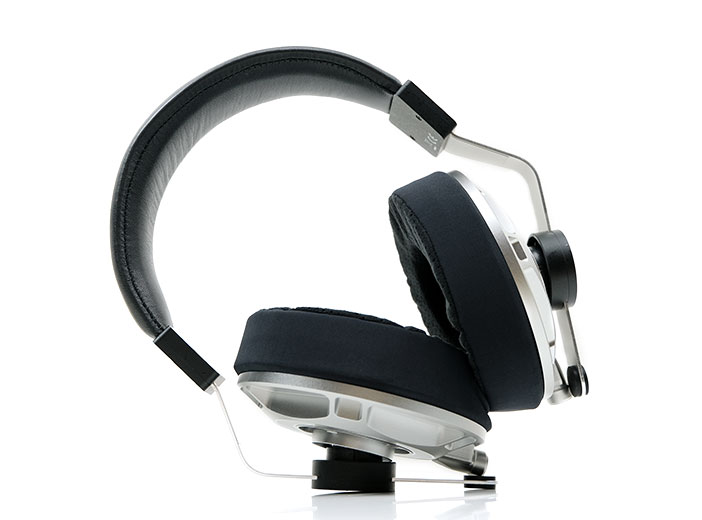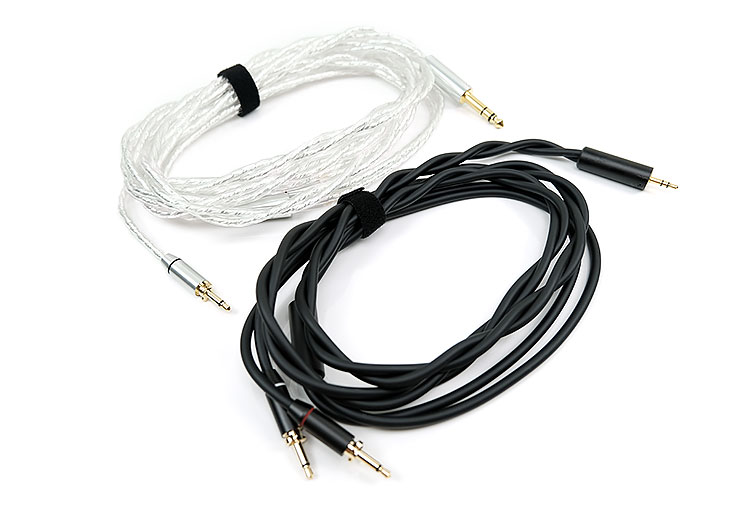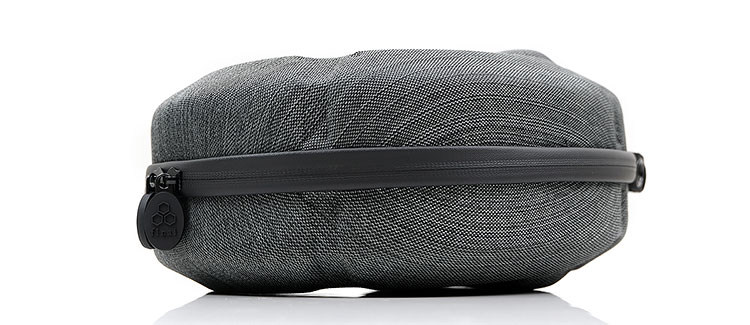The Final D8000 Pro is a high-end 50mm driver planar magnetic headphone featuring their proprietary AFDS technology and tuned for the audio professional. It is priced at £3,999.
Disclaimer: The Final D8000 Pro sent to us is a sample in exchange for our honest opinion in this review. We thank the team at Final and HiFi Headphones for giving us this opportunity.
To read more on Final products reviewed on Headfonics click here.
Note, this review follows our new scoring guidelines for 2021 which you can read up on here.
For one reason or another, our full review of the D8000 Pro has been delayed so apologies to those who have been waiting patiently since our original introduction and First Contact feature earlier in 2020.
The Final D8000 Pro is the company’s second D-Series planar headphone and while it shares many physical commonalities with the original and highly praised D8000, the sound signature is a very different kettle of fish.
Why so? Well, this time Final has decided to target the ‘audio professional’ or the studio guy with a sound signature that aims more for clarity and minute detail retrieval as opposed to the original D8000’s wide dynamic range tuning goal.
It does indeed retail at a higher price of £3,999 compared to £2,999 for the original D8000 so the D8000 Pro is very much a carrying cardmember of summit-fi but does it bring a summit-fi sound experience to the table? Let’s see.
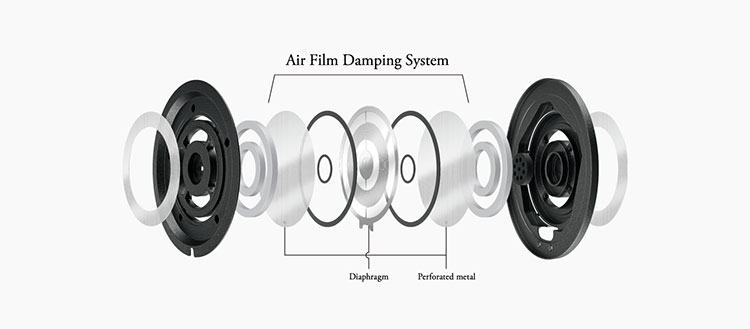
Tech Inside
AFDS
Whilst the D8000 Pro pitch is different the underlying technology framework remains unchanged. That means the use of AFDS or the Air Film Damping System for the configuration of the same driver from the D8000.
This is a diaphragm design Final are pitching as enabling zero contact with the surrounding magnet system when active. Final claims this contact-free response enhances bass purity at a much higher level than conventional planar magnetic designs.
Final state that in conventional designs low amplitude responses tend to expand the diaphragm in such a way as to regularly come into contact with the magnets. This increases the level of distortion and ‘warping’ the frequency response at the lowest level.
The use of air film between the magnets acts like an air buffer and cushions the diaphragm in such a way as to reduce the level of contact with the magnets. This reduced contact produces a more even and coherent bass response as a result.
AFDS Tweaks
Final has strengthened the air film of AFDS with the D8000 Pro, which in turn stiffens the diaphragm. When the diaphragm is more suppressed or stiffened, the lower frequencies become slightly more controlled and leads to better high-frequency performances.
Indeed, our initial impressions did confirm the treble response is quite different on the Pro and you can find out more on that in the sound impressions and comparisons with the D8000 on page 2.
Specs
The 50mm driver is the same core driver from the original D8000. I actually find this driver to be a bit on the small side compared to the likes of the LCD-4 from Audeze but it never sounded ‘small’ if that makes sense.
As per my previous D8000 review, I am presuming the diameter spec is the moving part of the driver and not the cup opening since the driver housing is much bigger than 50mm.
That also means the specs are unchanged at 98dB and 60Ω which means it is not terribly hard to drive though it should scale quite well. It also means both will match quite well for current demand, meaning similar volume level requirements.
Design
The D8000 Pro is a full-sized circumaural open-back headphone and comes in either silver or black and this one is the silver edition. The basic magnesium alloy frame and materials used on the D8000 Pro remain the same as the original D8000, however.
That means the same retro-design that took its inspiration from the original HP-1 and HP-2 Yamaha models launched back in the 1970s. Inspiration ques include an elongated headband with its slightly arched curve to allow for the cups to swivel.
However, the new Alumite anodized aluminum finish or ‘silver’ is a departure from the Yamaha vibe which only came in black, leather, and green. The cups are of course much bigger than the original on-ear design of the HP-1 and the coating is a little more advanced.
You might also notice in the pictures that Final uses a similar “blotchy” resin finish on the plastic parts as the original D8000. Final claims that this coating improves resistance to vibrations on the D8000.
Materials
The rest of the materials in the D8000 Pro design include a tasteful mix of magnesium alloy for the inner cup rings and headband adjuster, padded protein leather for the headband strap, and hard resin coated plastics for the headband blocks and cup plates.
The angular elongated 3.5mm dual entry connectors can be found at the base and are formed from the same exterior plastic cup moldings.
Comfort
Now my biggest gripe on the original D8000 was the fitting. These are heavy headphones at 523g so the lateral support is critical to reducing the inevitable downward or vertical pressure.
Final have tweaked the D8000 Pro fitting now and right away you can tell the difference. These are now much more comfortable on the head than the original though still not perfect for me compared to the likes of the Elysium arched headband strap.
What have they done to make this iterative improvement? Two key areas leap out. The first is a change in the pads and the second, a fattened cushion under the main headband.
I cannot see any deviation from the sliding headband mechanism on the D8000 so it is the same length but it does feel laterally tighter and comfier on the scalp.
Personally, it still feels like a fitting for a large head or for when I have not a haircut in ages as the pressure balance still feels it is pulling down and to the back with a base point under the ear.
New Pads
Gone are the old memory foam pads of the D8000 and sorry, but they will not be missed. These had too much ‘give’ on the external lining meaning the foam was prone to moving around a lot. They nearly always ended up uncomfortably pressing down on the top of my ears after long periods. They also did not offer much in terms of lateral support.
The new pads are made from Toray Ultrasuede and are deeper and marginally firmer than the original memory foam cushions. They clamp a hell of a lot better and combined with the thicker cushion under the headband I can clear the top of my ear with minimal issues.
They are also quite breathable (venting on the inside) so sweating will not be much of an issue with the new pads either though they can get warm in hotter climes like ours.
The tighter seal to the head also should mean a better low-end reproduction compared to the original pads. Something you can find out more about on page 2 in our comparison with the original D8000.
Cable
The D8000 came with two cables of the same wire and gauge. The black rubbery jacket was similar on both with the only differences being the length at 1.5m and 3m and the termination, 3.5mm, and 6.35mm.
The D8000 Pro has a significant change with the 3m cable which is now an OFC silver coated wire inside a translucent jacket. In fact, Final sells this for $750 alone so a lot of the additional price increase is down to this cable rather than the headphones themselves.
The terminations remain unchanged but the barrels of this cable are finished in silver to match the aesthetic of the wire. The 1.5m cable remains the same as the original which is an OFC with no silver plating and a black rubbering finish.
Both cables are a little on the thick and heavy side but the 3m version visually is a beast. It is bright, super silvery, and matches the cups of the silver D8000 Pro perfectly. For the black version, less so but more suitable for smaller setups.
My only critique? A missed opportunity to use an XLR 4-pin or 4.4mm termination for the 3m. I would have liked to have heard how the D8000 Pro performed from balanced amps with more power or better channel separation.
Packaging & Accessories
The D8000 Pro comes in the exact same faux croc skinned cardboard box as the original D8000. The protection levels given to this box with two outer levels or layered cardboard courier box are satisfying though it does mean the shipped package is fairly bulky.
Thank you so much to Final, however, for not encasing the headphones in layer upon layer of intricate cardboard panels and locks that ate up my time with the D8000. That was a huge waste of packaging for me and took around 30 mins to get the headphones out.
This time, the unboxing is fast and much more environmentally friendly. However, there are one or two little “gotcha’s” like the sealed plastic wraps on the cable terminations that require a sharp knife to get off.
Accessories
One of the reasons for the simplified unboxing is the inclusion of a very nice carry case for the D8000 Pro as opposed to a metal stand that came with the original D8000. I am guessing this in line with their audio pro target market and the need for them to carry them around a bit more.
This is by no means a cheap case with some excellent nylon contoured cloth finishing on the outside and a thin velvet layer on the inside. The zip mechanism and grasp also have a nice rubbery finish to them and look very durable and grippy.
Inside the headphones are held there with a single elasticated strap with a velcro and velvet half-circle tall soft pouch to carry a cable.
I say a single cable here because you get 2 cables with the D8000 Pro. The only problem is, the pouch is not big enough to carry both. It can barely handle the smaller 3.5mm portable cable never mind the bigger 6.35mm terminated alternative.
Click on page 2 for sound impressions and comparisons


